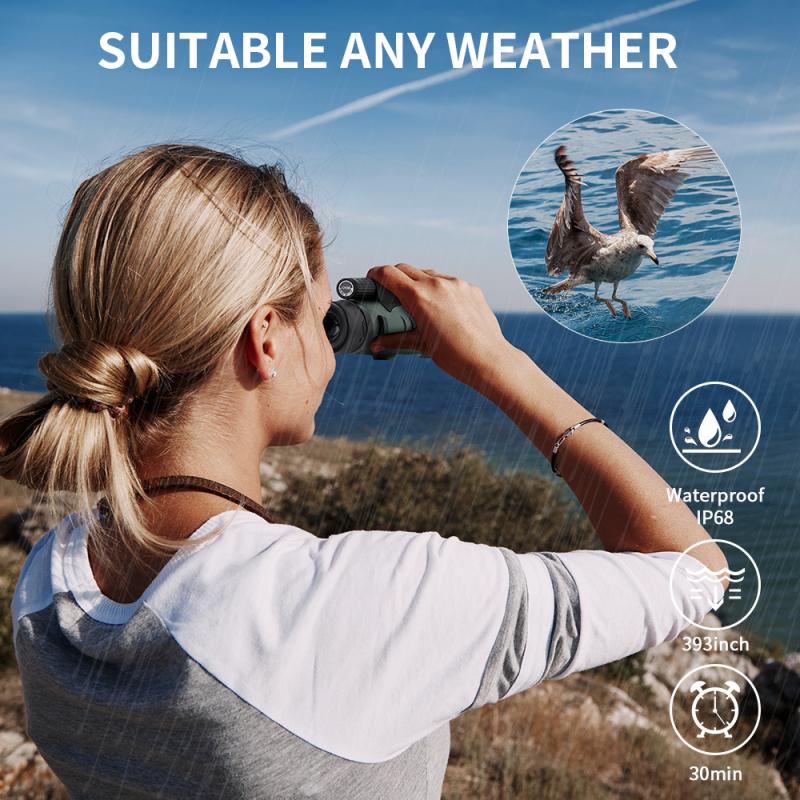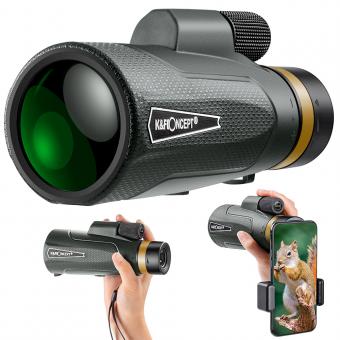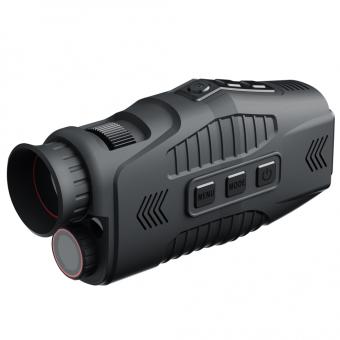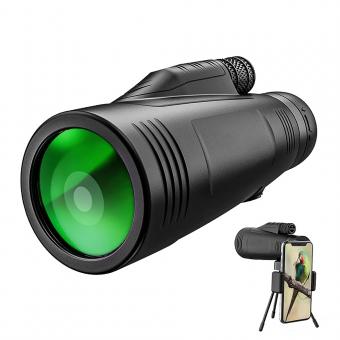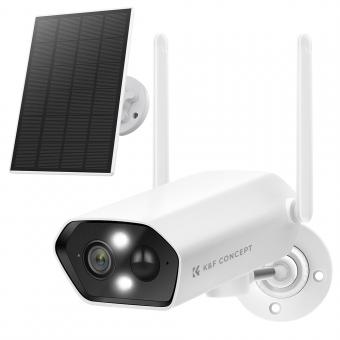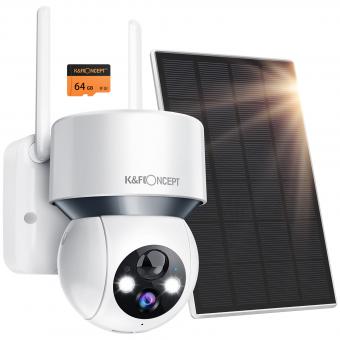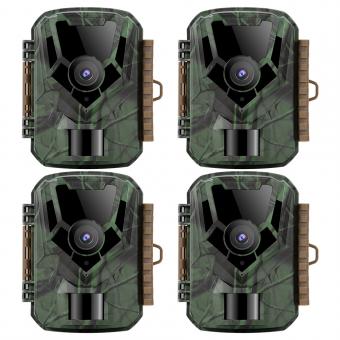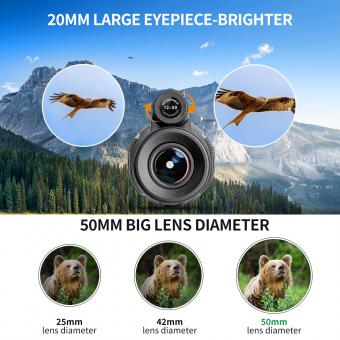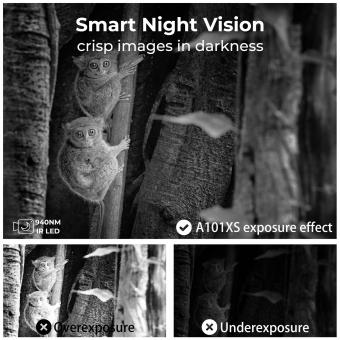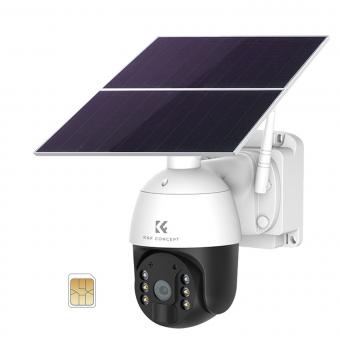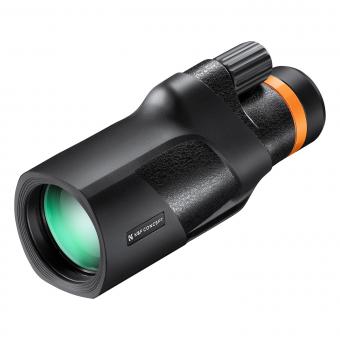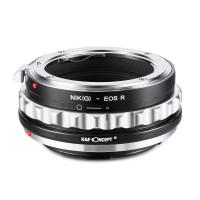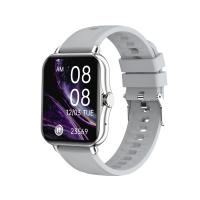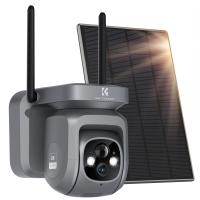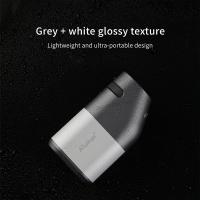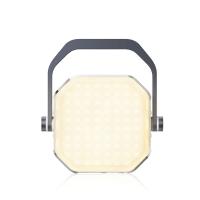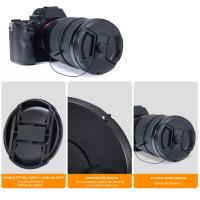What Is Monocular Vision ?
Monocular vision refers to the ability of an organism to perceive depth and distance using only one eye. Unlike binocular vision, which relies on the combination of visual information from both eyes to create a three-dimensional perception, monocular vision relies on other cues such as motion parallax, perspective, and size to estimate depth. Monocular vision is common in many animals, including humans, although it is less accurate than binocular vision in terms of depth perception.
1、 Definition and Characteristics of Monocular Vision
Monocular vision refers to the ability to perceive depth and distance using only one eye. It is a visual system that relies on the input from a single eye to create a three-dimensional perception of the world. While humans typically have binocular vision, which combines the input from both eyes to create depth perception, monocular vision can occur due to various reasons such as the loss of vision in one eye or the inability to use both eyes together effectively.
In monocular vision, the brain relies on other visual cues to estimate depth and distance. These cues include perspective, motion parallax, and size comparison. Perspective refers to the way objects appear smaller as they move farther away, while motion parallax is the difference in the apparent motion of objects at different distances when the observer moves. Size comparison involves comparing the size of objects to estimate their distance.
Monocular vision has certain characteristics that differ from binocular vision. For instance, individuals with monocular vision may have difficulty with tasks that require accurate depth perception, such as judging distances while driving or playing sports. They may also have challenges with tasks that require precise hand-eye coordination.
However, it is important to note that the brain is remarkably adaptable, and individuals with monocular vision can learn to compensate for the lack of depth perception. With practice and experience, they can develop strategies to estimate distances and navigate the world effectively.
From a recent perspective, advancements in technology have provided new possibilities for individuals with monocular vision. Virtual reality (VR) and augmented reality (AR) technologies can simulate binocular vision and enhance depth perception for those with monocular vision. These technologies can provide a more immersive and realistic visual experience, allowing individuals to overcome some of the challenges associated with monocular vision.
In conclusion, monocular vision is the ability to perceive depth and distance using only one eye. While it presents certain challenges, individuals with monocular vision can adapt and compensate for the lack of binocular vision. Advancements in technology also offer new opportunities for enhancing depth perception in individuals with monocular vision.
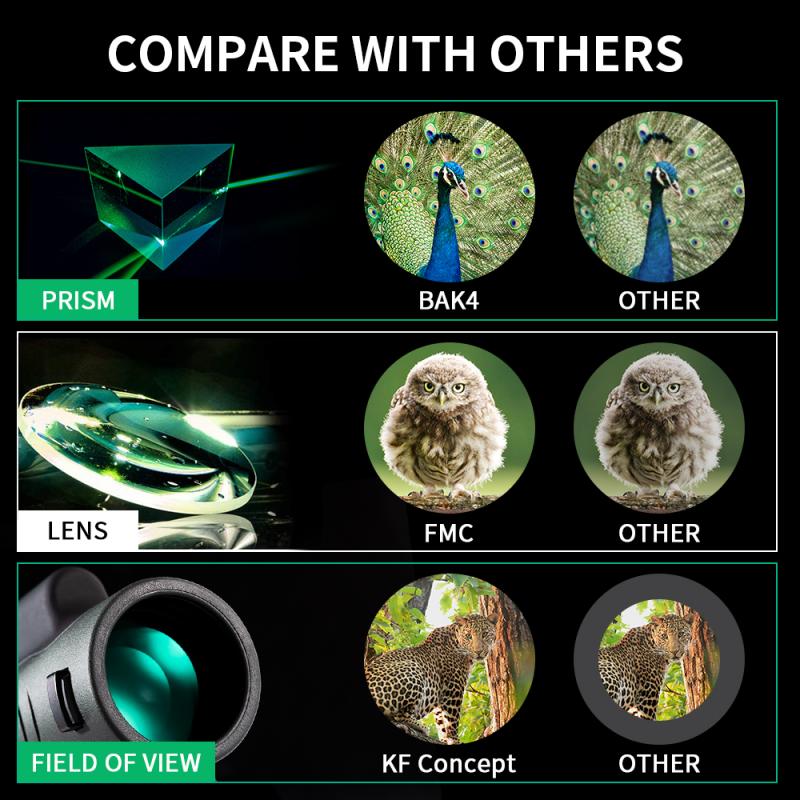
2、 Advantages and Limitations of Monocular Vision
Monocular vision refers to the ability to perceive depth and distance using only one eye. It is the opposite of binocular vision, which involves using both eyes together to create a three-dimensional perception of the world. Monocular vision relies on various visual cues, such as motion parallax, relative size, and perspective, to estimate depth and distance.
One advantage of monocular vision is its simplicity. Having only one eye simplifies the visual processing system, requiring fewer neural connections and less computational power. This can result in faster visual processing and reaction times. Monocular vision also allows for a wider field of view, as the eyes are not limited by the need to converge on a single point.
However, monocular vision also has its limitations. The most significant limitation is the reduced ability to accurately perceive depth and distance. Binocular vision provides a more precise and accurate depth perception, as it combines the slightly different perspectives from each eye. Monocular vision can lead to errors in judging distances, which can be problematic in activities such as driving or sports.
From a latest point of view, advancements in technology have allowed for the development of monocular depth estimation algorithms. These algorithms use machine learning and computer vision techniques to estimate depth and distance from a single image or video. While these algorithms are not as accurate as binocular vision, they have shown promising results in various applications, such as autonomous driving and augmented reality.
In conclusion, monocular vision is the ability to perceive depth and distance using only one eye. It has advantages in terms of simplicity and wider field of view, but it also has limitations in terms of reduced depth perception. However, advancements in technology have allowed for the development of monocular depth estimation algorithms, which can partially compensate for the limitations of monocular vision.
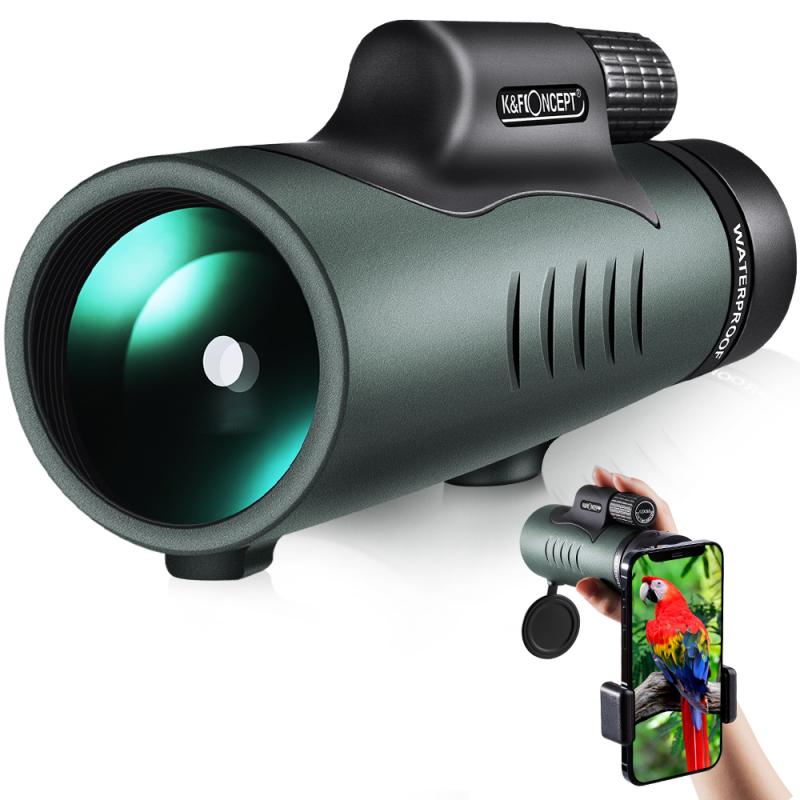
3、 Binocular Vision vs. Monocular Vision
Monocular vision refers to the ability to perceive depth and distance using only one eye. It is the visual system that relies on the input from a single eye to create a three-dimensional perception of the world. In monocular vision, the brain processes the visual information received from one eye and uses various cues, such as perspective, size, and motion, to estimate depth and distance.
Unlike binocular vision, which combines the input from both eyes to create a more accurate and detailed perception of depth, monocular vision has certain limitations. For instance, it may be more challenging to accurately judge the distance of objects or perceive depth cues that require the input from both eyes, such as stereopsis (the ability to perceive depth based on the slight differences in the images seen by each eye).
However, monocular vision is still highly functional and allows individuals to navigate and interact with their environment effectively. It is the primary visual system for animals with eyes positioned on the sides of their heads, such as rabbits or horses, as it provides a wide field of view and enhances peripheral vision.
From a recent perspective, advancements in technology have allowed for the development of monocular depth estimation algorithms. These algorithms use computer vision techniques to estimate depth and distance from a single image or video input. This has applications in various fields, including robotics, autonomous vehicles, and augmented reality, where accurate depth perception is crucial.
In conclusion, monocular vision is the ability to perceive depth and distance using only one eye. While it may have certain limitations compared to binocular vision, it remains a functional and important visual system, with ongoing advancements in technology further enhancing its capabilities.
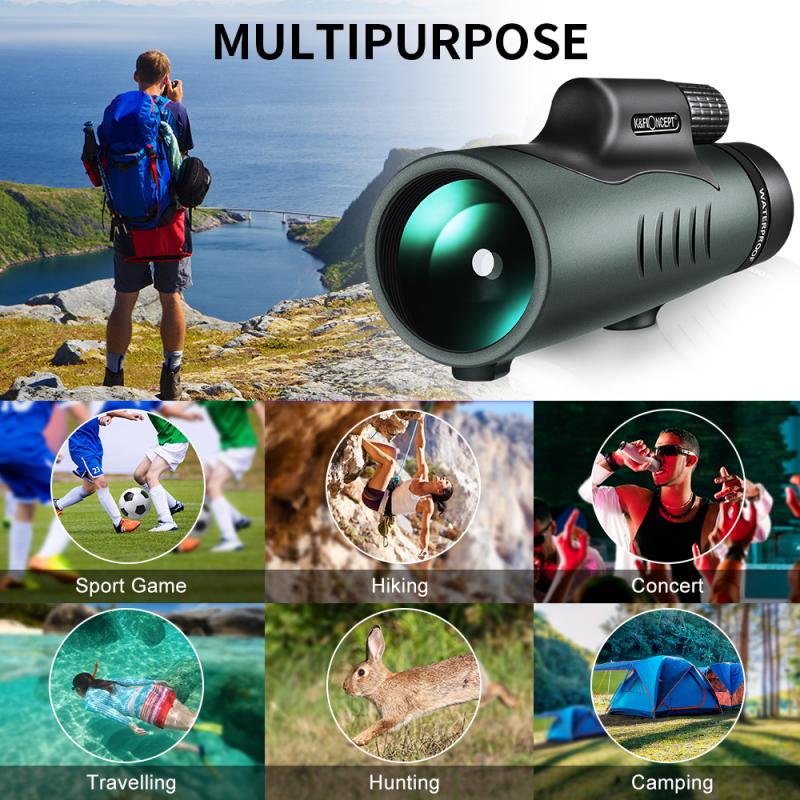
4、 Depth Perception in Monocular Vision
Monocular vision refers to the ability to perceive depth and three-dimensional information using only one eye. Unlike binocular vision, which relies on the combination of visual input from both eyes to create a sense of depth, monocular vision relies on other visual cues and mechanisms to perceive depth.
Depth perception in monocular vision is achieved through various cues, including:
1. Motion parallax: This cue relies on the relative motion of objects in the visual field. Objects that are closer to the observer appear to move faster than objects that are farther away.
2. Size and perspective: Objects that are closer to the observer appear larger, while objects that are farther away appear smaller. This size difference provides a depth cue.
3. Interposition: When one object partially blocks another, the blocked object is perceived as being farther away.
4. Texture gradient: The texture of objects appears to change as they recede into the distance. This change in texture density provides a depth cue.
5. Shadows and lighting: The way light falls on objects can create shadows and highlights, which provide depth information.
While binocular vision provides more accurate depth perception, monocular vision is still capable of perceiving depth to a certain extent. The brain processes the visual cues from the monocular eye and combines them with prior knowledge and experience to create a sense of depth.
It is important to note that individuals with monocular vision may face challenges in certain activities that require precise depth perception, such as driving or playing sports. However, with practice and adaptation, many individuals with monocular vision can develop strategies to compensate for this limitation.
Recent research has also explored the use of technology, such as virtual reality and augmented reality, to enhance depth perception in individuals with monocular vision. These technologies can provide additional visual cues and feedback to improve depth perception and spatial awareness.
In conclusion, monocular vision refers to the ability to perceive depth using only one eye. While it may have limitations compared to binocular vision, the brain utilizes various visual cues and mechanisms to create a sense of depth and three-dimensional perception. Ongoing research and technological advancements continue to explore ways to enhance depth perception in individuals with monocular vision.
